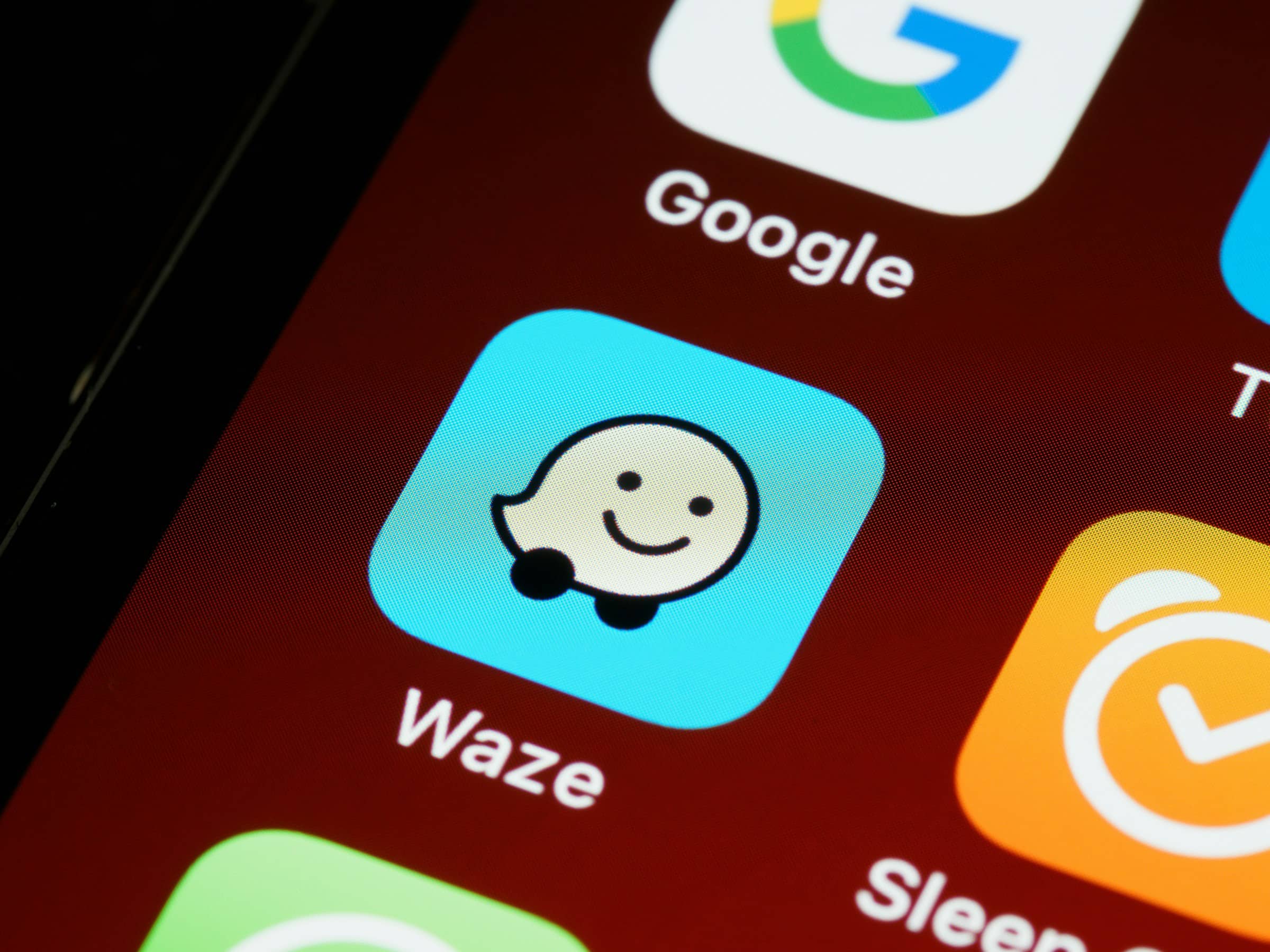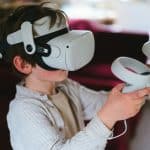In the ever-evolving landscape of education, embracing augmented reality (AR) offers a revolutionary approach to learning. As technology increasingly shapes our world, the integration of AR into educational apps provides students with immersive experiences that can transform traditional lesson plans and field trips. In the UK, where higher education consistently strives for innovation, leveraging AR can significantly enhance students’ learning experiences. This article delves into the optimal ways to integrate AR into UK educational apps, ensuring that both teachers and students benefit from this cutting-edge technology.
The Benefits of Augmented Reality in Education
Augmented reality bridges the gap between virtual and real worlds, offering students a unique way to interact with virtual objects in real time. Integrating AR into educational apps can transform the classroom into a dynamic and engaging environment. This technology can make abstract concepts more tangible, providing teachers with powerful tools to explain complex subjects.
A lire en complément : How to develop a comprehensive mobile app marketing strategy for UK financial services?
Moreover, AR applications cater to various learning styles, making education more inclusive. For instance, visual learners can benefit from immersive learning experiences that bring textbook content to life, while kinesthetic learners can interact with virtual content through mobile devices. This cross-platform approach ensures that students can access AR-enhanced lessons regardless of the device they use.
AR also fosters collaborative learning. By allowing students to interact with virtual objects collectively, it encourages teamwork and communication. This is particularly beneficial in subjects like science and geography, where field trips and practical lessons are integral. For example, an AR app can simulate a real-life laboratory experiment or explore distant ecosystems, making education training more comprehensive and engaging.
Lire également : What are the most effective methods for improving cybersecurity in UK's educational institutions?
The development of AR educational apps also presents an opportunity for teachers to design customized lesson plans. This adaptability can address the specific needs of their students, making the learning experience more relevant and personalized. Additionally, AR can be used for assessment purposes, providing teachers with real-time feedback on students’ understanding and progress.
In summary, the integration of AR in educational apps can significantly improve the quality of education. It offers students an immersive and interactive learning experience, while providing teachers with innovative tools to enhance their teaching methods.
Developing AR Educational Apps for UK Students
The successful integration of AR into educational apps hinges on effective app development. To create engaging and functional AR educational apps for UK students, developers must consider several essential factors.
Firstly, identifying the target user base is crucial. Understanding the students’ age group, learning preferences, and the curriculum they follow will inform the app’s design and content. For instance, younger students might benefit from simpler, more visual content, while older students may require more detailed and interactive experiences.
The next step involves collaborating with educators. Teachers provide valuable insights into what students need and how AR can be effectively integrated into the curriculum. Their input can guide the development of lesson plans that maximize the potential of AR. Additionally, involving teachers in the app development process ensures that the final product aligns with educational standards and goals.
Another critical aspect is ensuring the app’s usability. AR educational apps should be intuitive and easy to navigate. This involves designing a user-friendly interface that students can quickly adapt to. Developers should also consider the cross-platform functionality of the app, ensuring it works seamlessly on various mobile devices.
The content itself must be engaging and educational. AR allows students to explore subjects in a hands-on manner, so the virtual content should be both informative and captivating. For example, an app focused on history might allow students to explore ancient civilizations through interactive 3D models and real-time simulations.
Moreover, the app development process should prioritize accessibility. Ensuring that the app is available to students with different learning abilities is essential. Features like text-to-speech and adjustable visual settings can make AR educational apps more inclusive.
Finally, ongoing support and updates are vital for the long-term success of AR educational apps. As the curriculum changes and technology evolves, the app must be regularly updated to stay relevant and effective. Providing teachers with training on how to use the app also ensures that they can leverage it to its full potential.
In conclusion, developing AR educational apps for UK students requires a comprehensive approach that considers the users’ needs, educational goals, and technological capabilities. By collaborating with educators and prioritizing usability and accessibility, developers can create apps that significantly enhance the learning experience.
Implementing AR in Classroom Lesson Plans
Incorporating augmented reality into classroom lesson plans presents a myriad of opportunities to enrich the learning experience. However, the effective implementation requires careful planning and a clear understanding of how AR can complement existing educational methods.
Teachers can start by identifying areas of the curriculum where AR can add the most value. Subjects that benefit from visualization, such as science, geography, and history, are ideal candidates. For instance, an AR app can transform a biology lesson about the human body by allowing students to explore virtual objects like anatomical models in real time.
Next, integrating AR into lesson plans should be purposeful and seamless. The goal is to enhance the learning experience without causing unnecessary distractions. Teachers can use AR to introduce new topics, provide interactive demonstrations, or offer immersive field trips. For example, during a lesson on ancient Egypt, students can use an AR app to explore a virtual reconstruction of the pyramids and learn about their historical significance.
Moreover, AR can be used to reinforce learning through practice and assessment. After a theoretical lesson, students can engage with AR activities that test their understanding and apply what they’ve learned. An AR app can present virtual quizzes, interactive puzzles, or simulated experiments that provide immediate feedback.
Teachers should also consider how AR can support differentiated instruction. By tailoring AR experiences to different learning styles and abilities, teachers can ensure that all students benefit. For instance, an AR app can offer varying levels of difficulty or alternative ways to interact with the content, such as through touch, voice commands, or text input.
Furthermore, integrating AR into lesson plans can foster collaborative learning. Students can work in groups to solve problems, complete projects, or explore virtual environments together. This collaborative approach not only enhances students’ understanding but also develops crucial skills like communication and teamwork.
Teachers must also be prepared to provide guidance and support as students navigate AR technology. This involves familiarizing themselves with the apps and understanding how to troubleshoot common issues. Additionally, teachers can encourage students to explore AR independently, fostering a sense of curiosity and autonomy in their learning.
In summary, implementing AR in classroom lesson plans requires thoughtful integration and a focus on enhancing the learning experience. By selecting appropriate subjects, using AR purposefully, and supporting students throughout the process, teachers can leverage this technology to create a more engaging and effective educational environment.
Challenges and Solutions in AR Integration
While the potential benefits of integrating augmented reality into educational apps are vast, several challenges must be addressed to ensure successful implementation. Understanding these challenges and finding effective solutions is crucial for teachers, students, and developers alike.
One of the primary challenges is the cost associated with developing and implementing AR technology. High-quality AR apps and the necessary hardware can be expensive, making it difficult for some schools to adopt this technology. However, there are solutions to mitigate these costs. Schools can seek grants and funding opportunities specifically for educational technology. Additionally, collaborating with app development companies for pilot projects can provide access to AR resources at a reduced cost or even for free.
Another challenge is the technical expertise required to develop and use AR applications. Not all teachers and students are familiar with AR technology, which can hinder its effective integration into the classroom. To address this, professional training and development programs can be implemented. These programs can equip teachers with the necessary skills to use AR effectively and teach students how to navigate AR apps confidently.
Technical issues such as device compatibility and software glitches can also pose challenges. Ensuring that AR applications are cross-platform and compatible with a wide range of mobile devices is essential for widespread adoption. Regular updates and technical support can help address software issues and improve the overall user experience.
Privacy and security concerns are also paramount when integrating AR into educational apps. Protecting students’ data and ensuring that AR applications comply with privacy regulations is crucial. Developers must implement robust security measures and ensure that users’ data is encrypted and stored securely. Additionally, teachers should educate students about the importance of online privacy and how to use AR apps safely.
Another significant challenge is ensuring the relevance and quality of AR content. The AR experiences must align with the educational goals and curriculum standards. Collaborating with educational experts during the development process can ensure that the content is both engaging and educational. Additionally, incorporating real-time feedback from teachers and students can help continuously improve the app and make it more effective.
Lastly, there is the challenge of maintaining students’ attention and preventing AR from becoming a distraction. While AR can make learning more engaging, it can also lead to overstimulation if not used appropriately. Teachers must strike a balance between traditional teaching methods and AR-enhanced learning experiences. Setting clear objectives and guidelines for using AR in the classroom can help maintain focus and ensure that AR is used to complement, rather than replace, conventional teaching methods.
In conclusion, while there are several challenges in integrating AR into educational apps, there are also viable solutions to address these issues. By securing funding, providing training, ensuring technical compatibility, safeguarding privacy, maintaining content quality, and balancing AR use, teachers and developers can successfully harness the power of AR to enhance the educational experience.
Integrating augmented reality into UK educational apps offers an innovative way to enrich students’ learning experiences. By embracing AR technology, educators can create immersive and interactive lessons that bridge the gap between virtual and real worlds. The benefits of AR in education are vast, from making abstract concepts more tangible to fostering collaborative learning and personalizing lesson plans.
Developing effective AR educational apps requires a thorough understanding of the users’ needs, collaboration with educators, and a focus on usability and accessibility. Implementing AR in classroom lesson plans involves thoughtful integration and a commitment to enhancing the learning experience. While there are challenges in adopting AR technology, solutions such as securing funding, providing training, and ensuring technical compatibility can help overcome these obstacles.
Ultimately, the optimal way to integrate AR into UK educational apps is through a collaborative and user-centric approach. By leveraging the potential of AR, educators can create transformative learning experiences that prepare students for the future and make education more engaging and effective.











